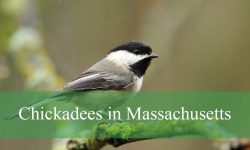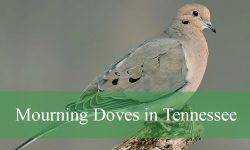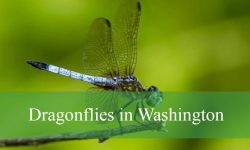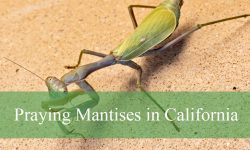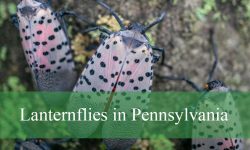The American Badger (Taxidea taxus) is one of Colorado’s most intriguing mammals, known for its solitary lifestyle, digging prowess, and fierce hunting strategies. Despite being widely distributed across the state, the species often goes unnoticed because of its secretive nature and preference for open grasslands or remote habitats. For those interested in Colorado’s wildlife, understanding the behavior, appearance, and habitat of the American Badger opens a fascinating window into the state’s natural ecosystems.
In this article, we will explore everything you need to know about the American Badger in Colorado, from its physical characteristics and feeding habits to reproduction, habitat, and seasonal activity. We will also uncover fun facts about this remarkable mammal and highlight the best places and times to observe it in the Centennial State.
Physical Characteristics of the American Badger
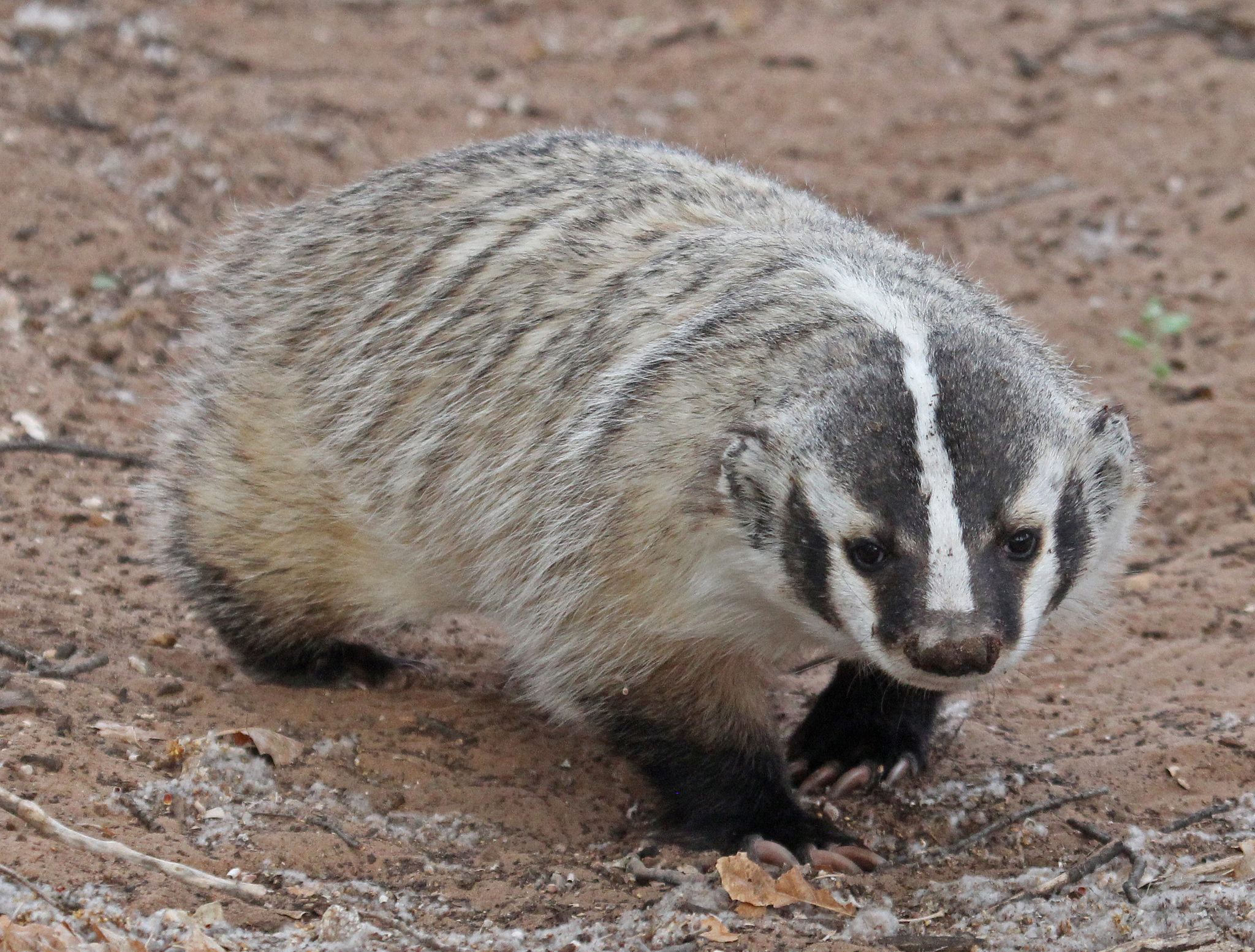
General Appearance
The American Badger has a stocky, low-slung body built for digging, with short but extremely powerful legs and strong foreclaws. Its fur is typically grayish to brown on the back, with lighter underparts. The most distinctive feature is the bold white stripe running from its nose, across the top of the head, and extending down the back. Black patches on the cheeks further accentuate its face, giving the animal an unmistakable look.
Size and Weight
Adult American Badgers in Colorado typically measure between 24 to 30 inches in length, not including the short tail, which adds another 4 to 6 inches. Their weight varies depending on the season and availability of prey, usually ranging from 15 to 25 pounds. Males tend to be larger than females, sometimes weighing up to 30 pounds in prime condition. Their compact and muscular form makes them efficient predators underground and on open terrain alike.
Adaptations for Survival
Every part of the American Badger’s body is adapted for life as a subterranean hunter. The flattened body helps them slip into burrows, while the long, curved claws on their front paws act like shovels for digging. Their fur not only provides camouflage in grassy and sandy environments but also protects them from cold Colorado winters. The strong jaws and sharp teeth allow them to subdue prey quickly, even when confronted underground.
Behavior and Lifestyle
Solitary Nature
American Badgers in Colorado are predominantly solitary, coming together only during the breeding season or when a mother is raising her young. They are territorial animals that maintain a network of burrows within their home range. Although they spend much of their time underground, they emerge frequently at night to forage or patrol their territory.
Activity Patterns
These animals are mostly nocturnal, though it is not uncommon to see them in the early morning or late afternoon. In Colorado, where seasonal changes are dramatic, American Badgers adjust their activity to the climate. They remain active year-round but may reduce surface movements during the coldest winter months, spending more time inside dens to conserve energy.
Defensive Behavior
Despite their small size compared to larger carnivores, American Badgers are notoriously aggressive when threatened. They can hiss, growl, and even release a musky odor as a warning. Their thick skin and ferocity make them formidable opponents, deterring many predators from challenging them.
Diet and Feeding Habits
Primary Prey
American Badgers are carnivorous specialists, with diets focused on small mammals. In Colorado’s grasslands and prairies, they frequently hunt ground squirrels, prairie dogs, pocket gophers, and voles. Their remarkable digging ability allows them to excavate tunnels and reach prey that few other predators can access.
Opportunistic Feeding
While rodents make up the bulk of their diet, American Badgers are opportunistic feeders. They may also eat snakes, birds, insects, and even carrion if available. Their adaptability ensures survival in Colorado’s varied habitats, from alpine valleys to semi-arid plains. On occasion, they are known to raid nests for eggs or consume fruits and plants, though this is less common.
Hunting Strategies
American Badgers use stealth and persistence when hunting. They can dig rapidly to trap prey underground, sometimes blocking escape routes with soil. In some cases, they have been observed working cooperatively with coyotes, with the badger chasing prey underground and the coyote waiting at an exit point. This unusual partnership highlights the badger’s cleverness and ecological role.
Reproduction and Life Cycle
Breeding Season
In Colorado, the breeding season for American Badgers occurs in late summer to early fall, typically between July and September. Males travel extensively during this time, seeking receptive females within their range. Despite the mating taking place in summer, implantation of the fertilized egg is delayed until winter, a process known as delayed implantation.
Raising the Young
After implantation, gestation lasts about six weeks, and the female gives birth in early spring, usually March or April. A litter typically contains two to five young, which are born blind and helpless. The mother provides all parental care, nursing and protecting the kits inside a secure underground den.
Development of Kits
By six weeks, the kits begin venturing outside the den, and by three to four months, they are capable of hunting small prey on their own. Most young disperse by late summer, establishing their own territories, though some females may remain closer to their mother’s range. The lifespan of an American Badger in the wild is around 9 to 10 years, though many face threats from predators, vehicles, and human activity.
Habitat and Distribution in Colorado
Preferred Environments
American Badgers thrive in open habitats where digging is possible and prey is abundant. In Colorado, they are commonly found in grasslands, sagebrush flats, agricultural fields, and open mountain valleys. They avoid heavily forested areas and rocky alpine zones where digging is more difficult.
Statewide Range
The species is distributed widely across Colorado, from the eastern plains to intermountain valleys and even up into foothill regions. They are particularly abundant in eastern Colorado, where expansive prairies provide ideal hunting grounds. Populations also exist in western Colorado’s high desert and plateau regions, where ground squirrels and prairie dogs are plentiful.
Role in the Ecosystem
As predators of burrowing rodents, American Badgers play a crucial ecological role in controlling populations that can otherwise damage crops or native vegetation. Their digging also aerates soil and creates habitats for other animals, including foxes, burrowing owls, and reptiles that may reuse abandoned dens.
Best Places and Times to See American Badgers in Colorado
Where to Look
Spotting an American Badger in Colorado requires patience and some knowledge of their preferred environments. The eastern plains, including regions near Pawnee National Grassland, are among the best places to look. In western Colorado, open valleys and sagebrush areas near Grand Junction or Montrose provide suitable habitats. Occasionally, they can also be seen in agricultural fields or along rural roads at night.
When to Observe
The best time to see American Badgers is during spring and summer, when they are most active above ground. Early morning and evening hours increase the chances of spotting them as they hunt or patrol. While they remain active in winter, sightings are less frequent because they spend more time in dens during cold weather.
Observation Tips
Because American Badgers are secretive and can be aggressive when cornered, observation is best done from a distance using binoculars or spotting scopes. Look for fresh digging activity, overturned soil, or burrow entrances as signs of their presence. Being quiet and minimizing movement improves the chance of witnessing natural behavior.
Fun Facts About the American Badger
A Digging Specialist
An American Badger can dig faster than a person with a shovel, moving large amounts of dirt in minutes. Their burrows can be extensive, with multiple entrances and chambers, serving as shelter and hunting platforms.
A Fierce Fighter
Despite their small size, American Badgers are known to stand up to predators such as coyotes, wolves, and even bears. Their combination of strong jaws, sharp claws, and fearless attitude has earned them a reputation for toughness.
Cultural Significance
The American Badger is an important animal in Native American folklore, often symbolizing persistence, determination, and courage. Its presence in Colorado ties into broader cultural and natural heritage across the Great Plains.
Partnership with Coyotes
One of the most fascinating behaviors is their occasional hunting partnership with coyotes. While seemingly unlikely allies, the two species can increase their hunting success by working together, each using its unique skills to corner prey.
Conservation and Human Interaction
Population Status
In Colorado, the American Badger is not currently considered threatened or endangered. Populations remain stable thanks to their adaptability and wide distribution. However, local declines can occur in areas where habitat is lost to urban development or intensive agriculture.
Threats
Road mortality is a significant threat, as badgers often cross highways at night. Habitat fragmentation and poisoning programs aimed at rodents can also indirectly harm populations by reducing their food sources.
Coexisting with Humans
In agricultural regions, American Badgers can sometimes be seen as pests because of their digging habits. However, their role in controlling rodent populations often outweighs the negatives. Promoting awareness of their ecological value helps foster coexistence between humans and this remarkable species.
Conclusion
The American Badger in Colorado is a fascinating and resilient mammal that thrives in the state’s open landscapes. From its powerful digging abilities and unique hunting strategies to its secretive lifestyle and ecological importance, the species represents one of Colorado’s most remarkable wildlife inhabitants.
For those hoping to see an American Badger, the grasslands and open valleys of Colorado offer the best opportunities, particularly in spring and summer when activity is highest. Observing one in the wild is not only a memorable experience but also a reminder of the intricate balance of Colorado’s ecosystems.
By learning about the American Badger’s behavior, habitat, and importance, we gain a deeper appreciation for the wildlife that defines the Centennial State and the conservation efforts needed to protect it for generations to come.
FAQs About American Badger in Colorado
What does the American Badger look like in Colorado?
The American Badger in Colorado has a stocky body, short powerful legs, and a distinctive white stripe running from its nose to the back of its head. Its fur is grayish to brown, and black cheek patches highlight its face. Adults typically weigh between 15 and 25 pounds, with males being larger than females.
Where can you find American Badgers in Colorado?
American Badgers are widespread across Colorado, favoring open grasslands, prairies, and sagebrush areas. They are most commonly seen on the eastern plains, such as the Pawnee National Grassland, but can also be found in western valleys and agricultural fields.
What do American Badgers eat in Colorado?
Their diet primarily consists of small mammals, including prairie dogs, ground squirrels, voles, and pocket gophers. They also consume birds, snakes, insects, and carrion when available. American Badgers are excellent diggers, using their strong claws to excavate burrows and reach prey underground.
Are American Badgers dangerous to humans?
While American Badgers are not a threat to humans if left undisturbed, they can be aggressive when cornered. They may hiss, growl, and defend themselves fiercely. For safety, it is best to observe them from a distance without disturbing their burrows or young.
What is the best time to see American Badgers in Colorado?
Spring and summer offer the best chances to observe American Badgers in Colorado, especially in the early morning or evening hours. They remain active year-round but spend more time in their dens during the coldest months of winter, making sightings less frequent.
How long do American Badgers live in Colorado?
In the wild, American Badgers live around 9 to 10 years, though many do not reach this age due to natural predators, road accidents, or human activity. Their resilience and adaptability, however, allow them to maintain healthy populations in Colorado.
What role do American Badgers play in Colorado’s ecosystem?
American Badgers help regulate populations of burrowing rodents, which benefits both agriculture and native vegetation. Their abandoned burrows also provide shelter for other animals such as foxes, burrowing owls, and reptiles, making them important contributors to biodiversity.

